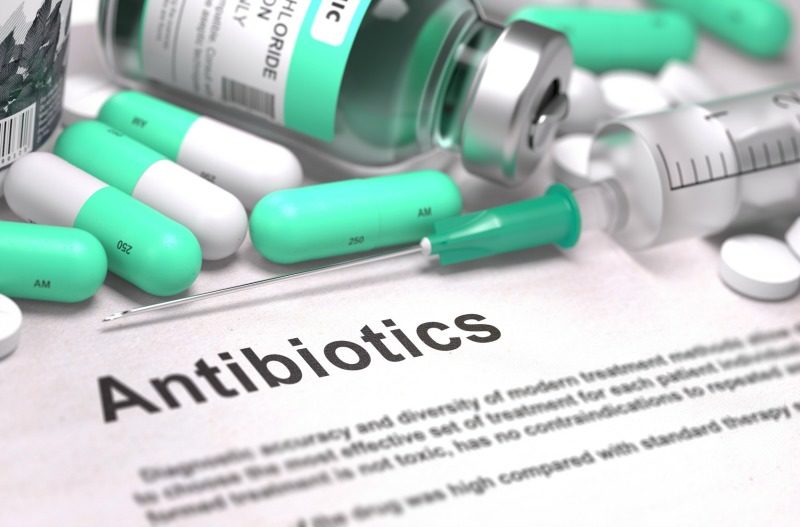
The growing and extremely troubling problem of girls reaching puberty early was first identified in 1997 and has obvious visual signs that are not easy to ignore.
In the United States, as many as 10 in 100 white girls, 15 in 100 Hispanic girls, and 25 in 100 African American girls are experiencing breast development as early as 7 years old! Many more are reaching this development milestone by 9-10 years old, something that was unheard of only a generation ago.
The problem of early puberty has more subtle physical signs in boys, however, which has made it more difficult for researchers to study until now.
The November 2012 issue of Pediatrics which was published online on October 20, 2012 confirms what many have long suspected – that boys are hitting puberty very early as well, in some cases a full 2 years earlier than medical textbooks indicate as standard.
The study included an examination of the pubertal characteristics of more than 4,100 boys via data collected by 212 practitioners in 144 pediatric offices across 41 states.
The results showed that the genital and pubic hair growth which are standard indications of the onset of puberty was 6 months to as much as 2 years earlier than only a few decades ago.
The earliest puberty recorded by the Pediatricians was 10.1 years old for non-Hispanic white boys, 10.4 years old for Hispanic boys, and 9.14 years for African-American boys.
While the researchers conclude that the reasons for boys reaching maturity earlier are unclear, it is fairly obvious from a common-sense perspective that environmental concerns are very likely a large contributing factor.
Could Antibiotics in Animal Feed be the Cause?
Conventional farmers have been adding antibiotics to animal feed and even water since the 1960s. This practice became standard because animals subjected to low, long term doses of antibiotics not only did not get sick as much but they also grew much faster.
Animals that mature faster help improve the bottom line as more animals are ready for slaughter within a shorter period of time which allows farms using antibiotic laced feed or water to be more profitable.
Children who frequently eat conventionally produced meat and dairy sourced from animals fed antibiotic laced feed are very likely albeit indirectly ingesting low levels of antibiotics as well which could be contributing to the continued drop in the age of puberty onset not only for boys but girls as well.
Stop the Antibiotics in Animal Feed
In April 2012, the FDA came out against the routine use of antibiotics in animal feed or water due to the growing problem of antibiotic resistance in humans which has now reached crisis proportions as there are now strains of MRSA and TB that are resistant to all last line of defense antibiotics.
The new FDA guidelines ask but do not require drug companies to withhold the sale of antibiotics used as growth promoters in animals such as penicillin and tetracycline which are medically important to human disease management.
Antibiotics could still be given to sick animals, but feed containing antibiotics would have to be prescribed by a veterinarian.
Companies have 3 years to implement the changes and if the FDA determines that some companies aren’t complying, then the force of law via regulation will be considered at that time.
Parents Must Actively Take Steps to Avoid Antibiotic Exposure for Their Children
In the meantime, it would be wise for concerned parents to take the trouble to source antibiotic-free meats and dairy for their children, preferably locally sourced and grass-fed to maximize nutritional content as well. Children grow up too quickly as it is even without the problem of accelerated puberty.
Waiting a minimum of another 3 years to gauge whether companies are truly complying with the new FDA guideline to withhold antibiotics from animal feed unless medically necessary is far too long.
It would also be wise for parents to discuss with their doctor how to avoid routine antibiotics for healthy children for illnesses that will usually resolve on their own without any meds such as strep and ear infections. Holistic doctors and homeopathists offer many other options besides antibiotics to help children recover from illness without the easy crutch of antibiotics.
Given that overexposure to these types of drugs is highly suspect as a cause for faster development in children just as it is documented to do in animals, seeking alternative medical care to avoid antibiotics for your children as much as possible would be a smart move indeed to protect not only their reproductive health but their experience of childhood as well.
Sources
American Academy of Pediatrics Study Documents Early Puberty Onset in Boys
FDA: Stop Giving Antibiotics to Animals
More Girls Starting Puberty Early






Hi,
Do you have any suggestions on preventing early onset of puberty in girls?
I definitely see an overuse of antibiotics in animal feed and in human medicine, but I am not sure I see the connection to earlier puberty in boys. Couldn’t we just as easily say it’s because of vaccines?
There are so many places we are exposed to antibiotics – the doctor’s office, commercial meats, and also in our water supply. I was at a party and we were talking about the pollution in our water and someone mentioned that even with a water filter most water still contains trace amounts of antibiotics, especially if you are drinking or using tap water. This is a source that I’m pretty sure a lot of people don’t think of when trying to avoid antibiotic exposure. That’s why eating antibiotic-free meats, fish, dairy, poultry, and eggs is so important, as well as including home-cultured veggies and dairy foods, and taking a therapeutic probiotic as well.